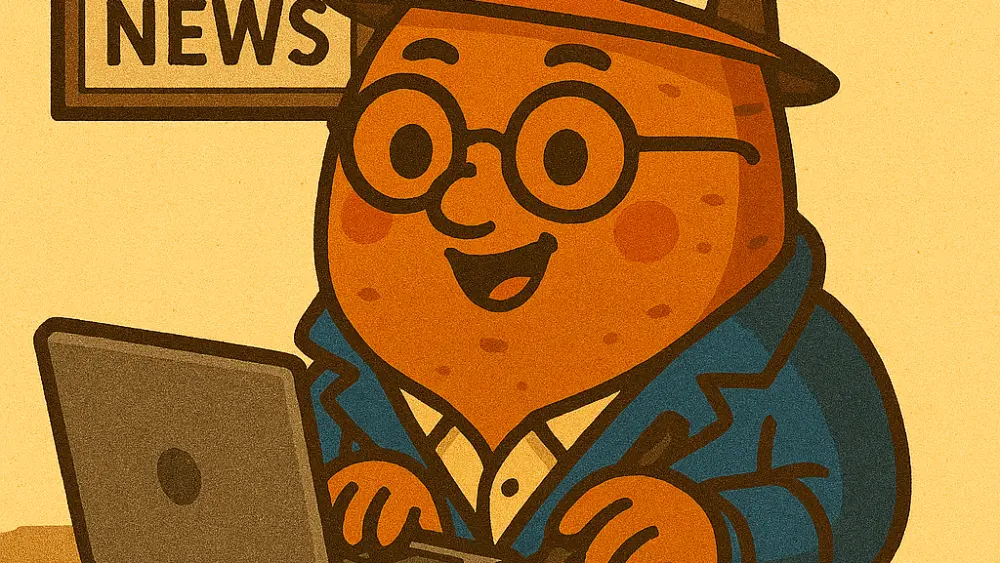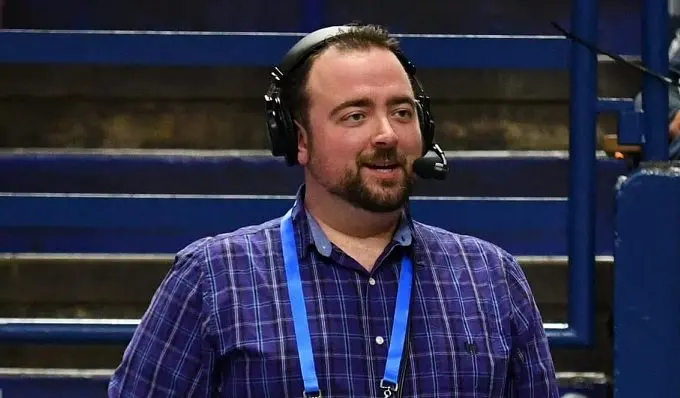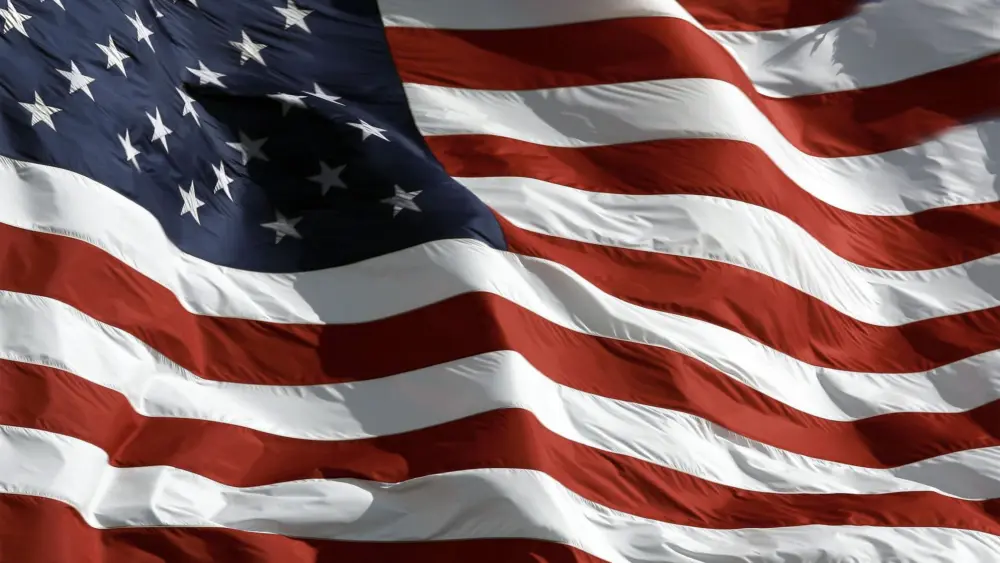
By Timothy T. Tater, Editor and Chief Spud
The Sweet Potato
Every fall, American high schools collectively engage in one of education’s most hilariously backwards traditions: Homecoming. It’s called “Homecoming” because… well, nobody’s quite sure anymore. The last actual alumnus spotted at a Homecoming dance was probably in 1987, and he only showed up because he was a teacher back at his old stomping grounds.
The name “Homecoming” suggests that graduates are flooding back to relive their glory days and reconnect with their beloved high school. In reality, the only thing coming home is your teenager at 1 AM, stumbling through the door in a $400 dress that cost somewhere in the neighborhood of $75 per hour to wear.
Walk into any Homecoming dance and you won’t find nostalgic 30-somethings reminiscing about their youth. Instead, you’ll discover packs of 16-year-olds who’ve transformed into tiny financial terrorists, having somehow convinced their parents that survival depends on a dress that costs more than your car payment. These young extortion artists have weaponized phrases like “but Mom, it’s HOMECOMING” with surgical precision.
The modern Homecoming experience has become a masterclass in “How to Drain a Parent’s Bank Account in 17 Easy Steps.” First comes the dress that will be worn exactly once, because apparently the clothes that were perfectly fine for literally every other day of their lives are suddenly inadequate for standing in a hot gymnasium listening to music that peaked in popularity three months ago.
Then there’s the professional photography session, because these precious moments of teenage awkwardness must be immortalized by someone charging more per hour than most people’s therapists. These photographers have perfected the art of making parents pay premium prices to document their children’s ability to stand next to each other without looking directly at the camera.
Don’t forget the elaborate group dinner, where teenagers who normally survive on Hot Pockets and energy drinks suddenly develop sophisticated palates that can only be satisfied by the most expensive items on the menu. They’ll spend forty-five minutes arranging their pasta for Instagram photos while their parents’ credit cards slowly weep in nearby wallets.
The football game itself—supposedly the crown jewel of Homecoming weekend—has devolved into an expensive backdrop for selfie opportunities. Most attendees couldn’t tell you the score if their allowance depended on it. They’re too busy perfecting their “candid” laugh poses and figuring out which filter makes the bleachers look less like a construction site from the 1970s.
The “alumni” presence consists entirely of three recent graduates who showed up because their mom made them give their little sister a ride, and one guy from the class of 2019 who keeps loudly explaining to anyone within earshot that “the team was way better when I played.” Meanwhile, parents in the stands are having flashbacks to their own “Jack and Diane Days”, except now they’re broke.
Schools promote Homecoming as building “school spirit” and “lifelong memories,” which is technically true if your definition of lifelong memories includes the time you spent three weeks eating ramen noodles to recover from your kid’s dress budget. The strongest school spirit being displayed is the impressive dedication to pretending that a decorated gymnasium transformed with $20 worth of streamers from Dollar Tree somehow justifies spending enough money to feed a small village.
The most impressive magic trick of modern Homecoming is how it’s managed to completely abandon its original concept while keeping the name, like calling a hamburger “Vegetarian Delight” or naming a root canal “Fun Time Happy Hour.” The cognitive dissonance is so complete that nobody even questions why an event called “Homecoming” attracts fewer actual home-comers than your average Tuesday at the grocery store.
Parents have become unwilling sponsors of what is essentially a very expensive costume party. They’ve been convinced that their child’s social standing hinges on whether their dress photograph gets enough likes on Instagram, and that somehow spending a mortgage payment on one night will create “memories that last a lifetime.” The memories will indeed last a lifetime—specifically, the memory of checking their bank balance the next morning and questioning every life choice that led to that moment.
If high schools were honest about what Homecoming has become, they’d rename it “The Annual Parental Financial Sacrifice to Teenage Social Anxiety Festival” or “Prom’s Expensive Little Sister Who Somehow Costs Just as Much.” But that wouldn’t fit on the banner hanging in the gymnasium—which, incidentally, cost $500, will be used for exactly four hours, and will be in a landfill by Tuesday morning.
So here’s to Homecoming: the only “homecoming” where nobody comes home, but everybody goes broke pretending to have fun in a sweaty gym while eating overpriced snacks and taking photos they’ll be embarrassed by in exactly six months. It’s capitalism dressed up in school colors and teenage hormones, and somehow we’ve all agreed to pretend it makes perfect sense.
The real tradition isn’t school spirit—it’s the annual ritual of parents realizing that their love for their children can, in fact, be precisely quantified in dollars and cents. And apparently, it’s a lot more expensive than they thought.






